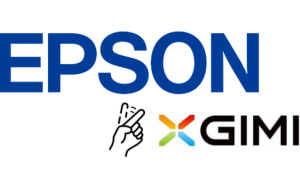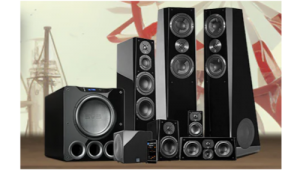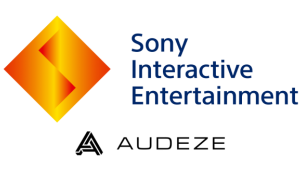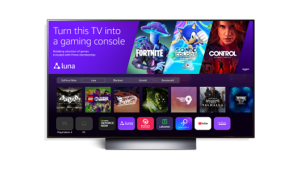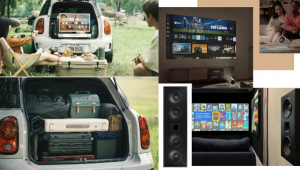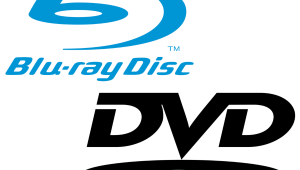25 Years Ago Today: DirecTV Is Born
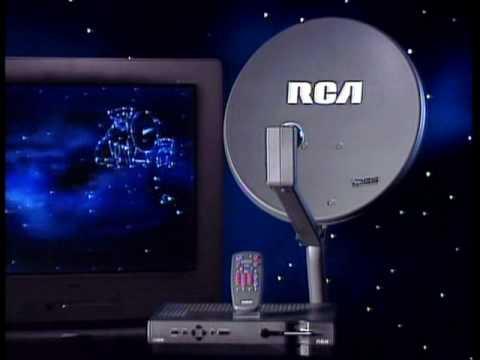
Pondering this dilemma in early 1994, Lemoyne read about a new satellite TV system called DirecTV. DirecTV promised 150 channels of all-digital laserdisc-quality TV with CD-quality sound, transmitted via the Ku satellite band (DVD was still three years in the future).
Lemoyne was familiar with satellite TV — three million subscribers at that time received their TV via C-band satellite. But C-band required a receiving dish larger than a swimming pool. In 1991, PrimeStar had launched a Ku-band service known as DBS (Direct Broadcast Satellite), but even this system needed a three-foot-diameter dish.
DirecTV’s dish, however, measured a mere 18 inches across and could be conveniently mounted on a window sill. It was as The New York Times put it, “a saucer that would scarcely do as a respectable birdbath.” DirecTV was also an all-digital system when all other TV was lower-quality analog.
Intrigued, Lemoyne called a buddy, Eddie Maloney, one of three brothers who owned Cowboy Maloney’s Electric City, Lemoyne’s hometown electronics retailer in Jacksonville, Mississippi. Lemoyne, sales manager of the local Lexus dealership, had sold Eddie and his brothers, Con and Johnny, several cars over the years. Eddie told Lemoyne that Cowboy Maloney’s would be the unlikely site of DirecTV’s national launch six months hence. Eddie then asked Lemoyne if he wanted to be the first to buy the new satellite TV system when it became available in the spring. “I’m in!” Lemoyne excitedly replied
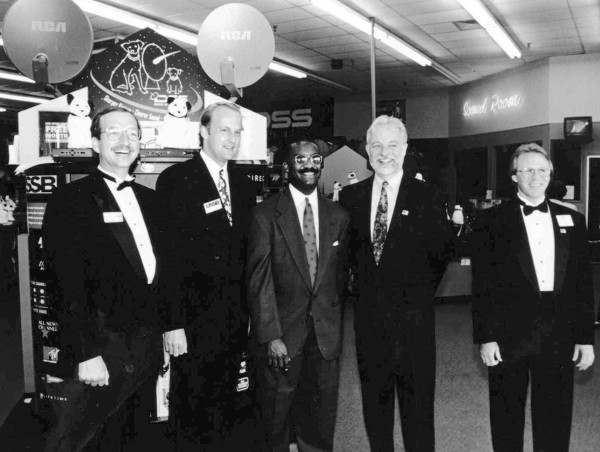
So, on a sweltering Friday morning, June 17, 1994, Lemoyne Martin strode past a queue of around 150 other potential buyers and a phalanx of media at Cowboy Maloney’s 1-55 North store. He handed over nearly $1,000 to tuxedo-clad salesman, Ty Carney, and became the first DirecTV owner and first all-digital TV service subscriber.
The Early Days of Satellite TV
While the government and broadcasters increasingly used satellites to distribute TV signals throughout the 1960s and 1970s, it wasn’t until 1980 that consumers were able to buy their own enormous C-band satellite TV receiving dishes. In 1981, Minnesota TV station owner Stanley S. Hubbard and his sons Stanley E. and Robert founded United States Satellite Broadcasting (USSB). Certain that the satellite TV business would be big, in 1991 the Hubbards bought five transponders on General Motors’ Hughes Aircraft broadcast satellite for more than $100 million to start their own satellite TV business.
Around the same time, another consumer satellite TV enthusiast, Eddy Hartenstein, was named president of a new Hughes-owned subsidiary to develop direct-to-home satellite TV service with USSB using the higher-frequency Ku-band. Hartenstein assembled an executive team and created DirecTV. Neither USSB, General Motors nor Hughes were consumer electronics companies, however, so a call for bids was sent out in late 1991 to find a consumer product partner.
In the early 1990s, RCA was in flux, a fading but still formidable brand just recently bought by French conglomerate Thomson. Long-time ebullient RCA sales and marketing executive Joe Clayton engineered an RCA renaissance by, among other things, resurrecting the company’s long-dormant “His Master’s Voice” icon featuring a dog named Nipper and adding the puppy Chipper for marketing and advertising. To Thomson’s surprise, RCA won the DirecTV bid.
A two-and-a-half-year crash-development effort followed. DirecTV would become the first all-digital TV system and the first small-dish DBS system as well as the first commercially-available consumer product to utilize the new MPEG-2 video compression standard. On December 17, 1993, Hughes launched the first DirecTV satellite.
Only one question remained for Clayton: where and how to launch DirecTV.
Satellite was seen as a rural solution, able to deliver TV service where cable couldn’t and wouldn’t go. So Clayton sought a retailer with a large but largely rural customer base with an educated sales staff that would be able to explain and sell this exotic new technology.
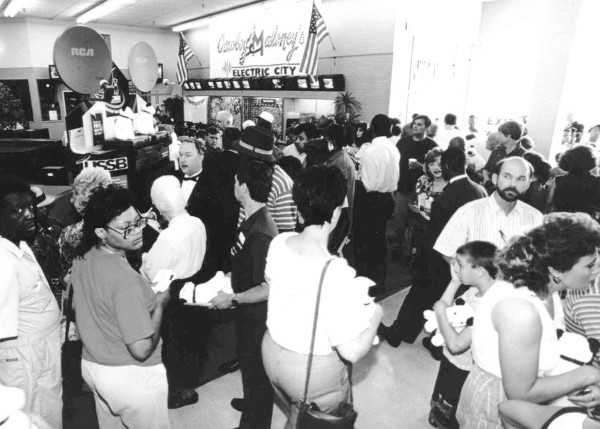
Although largely unknown outside of Mississippi, Cowboy Maloney’s was and is a prominent multi-store electronics superstore and, at the time, a prime RCA customer. At CES 1994, Con Maloney saw the DirecTV prototype and proclaimed to Clayton that the service “was going to be the biggest thing ever and that he could count us in.” Clayton asked if Con wanted Maloney’s to be the first to sell the revolutionary system. Con, of course, said yes.
The Digital TV Revolution Was Televised
The DirecTV system Lemoyne Martin bought cost $699 (plus installation) for a dish and receiver. Service started at $21.95 a month, and subscribers could access up to 75 digital basic and pay channels, a number that would double when Hughes launched a second DirecTV satellite in August 1994.
DirecTV was an almost instant success. Clayton and RCA rolled out DirecTV to ever-larger markets until it was available nationwide in November. By June 1995, more than a million subscribers had signed-up. More important, DirecTV’s all-digital success, coupled with the digital TV standards set by the HDTV Grand Alliance 18 months later, sparked the digital TV revolution that resulted in a market ready for DVD, flat-panel TVs, and high-definition TV, culminating in the end of analog TV on June 12, 2009.
DirecTV soon had competition. USSB launched its own DBS service soon after DirecTV. In 1987, C-band satellite entrepreneurs Charlie Ergen and Jim DeFranco applied to the FCC for a direct broadcast satellite (DBS) license, which was approved in 1992. Dubbed DISH, Ergen’s service began broadcasting in March 1996. In 1998, DirecTV bought USSB and, a year later, PrimeStar, combining all three to permanently establish its satellite TV primacy. Now owned by AT&T, DirecTV boasts nearly 24 million subscribers, more than any individual pay-TV service provider in the U.S.
Lemoyne Martin remained a DirecTV subscriber until last year. As a hedge against annoying weather outages, especially during NFL games, the Martin home maintained both DirecTV and basic cable subscriptions. Tired of paying two TV bills, Lemoyne switched to cable. But he still shops at Cowboy Maloney’s.
1994 ad introducing the RCA Digital Satellite System:





